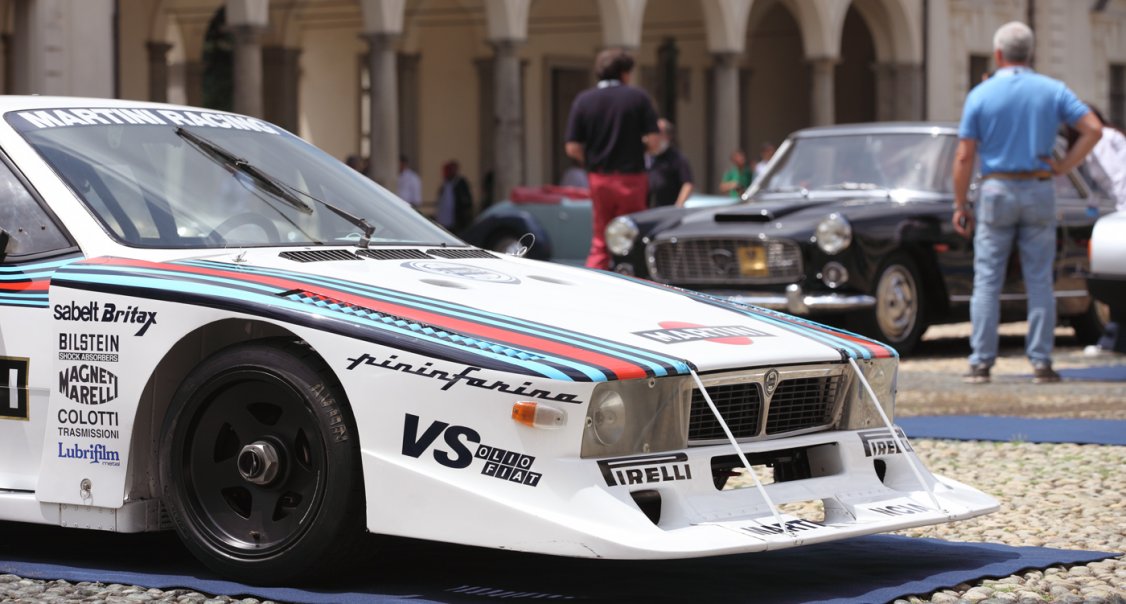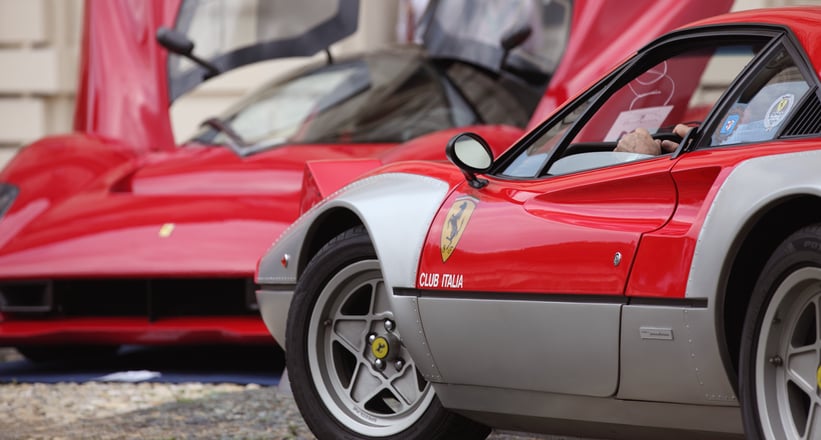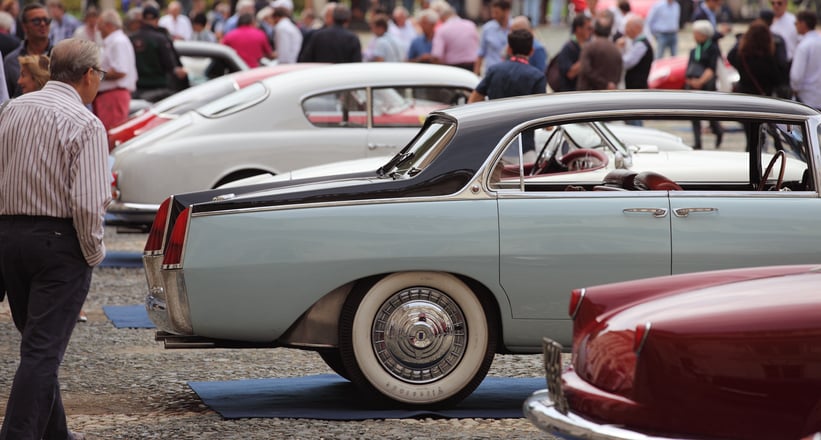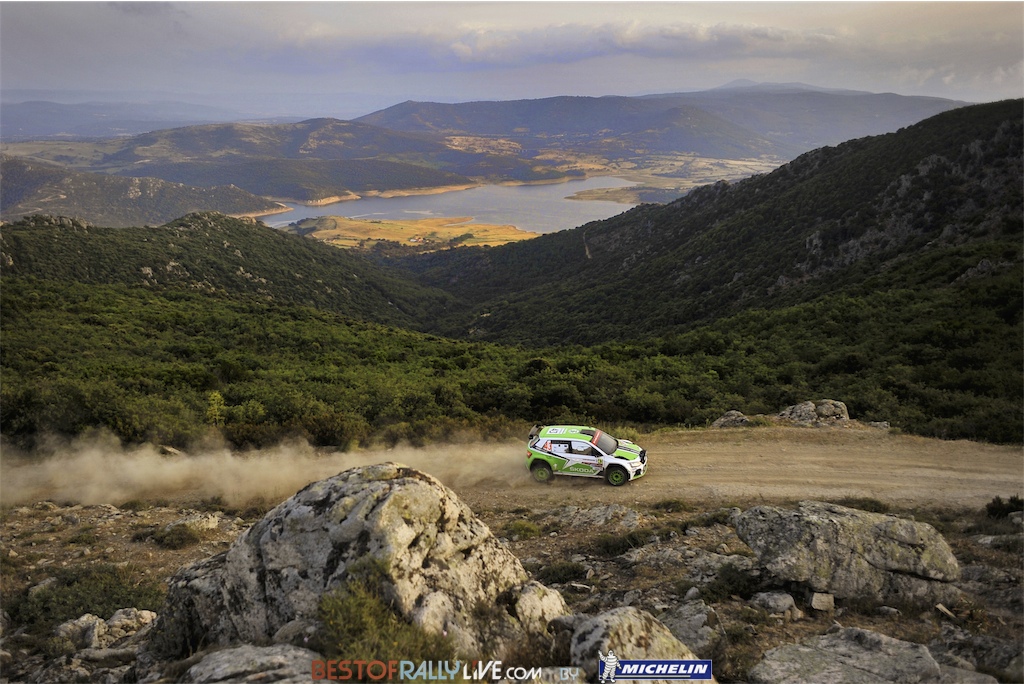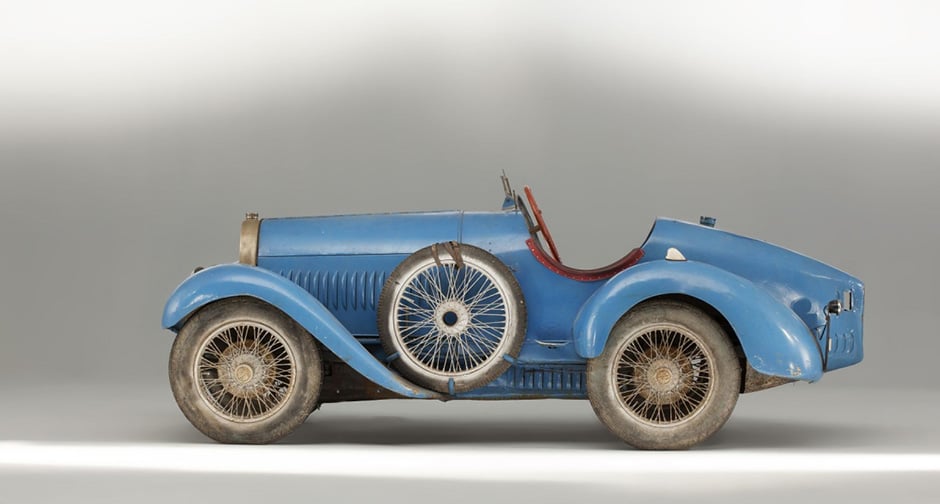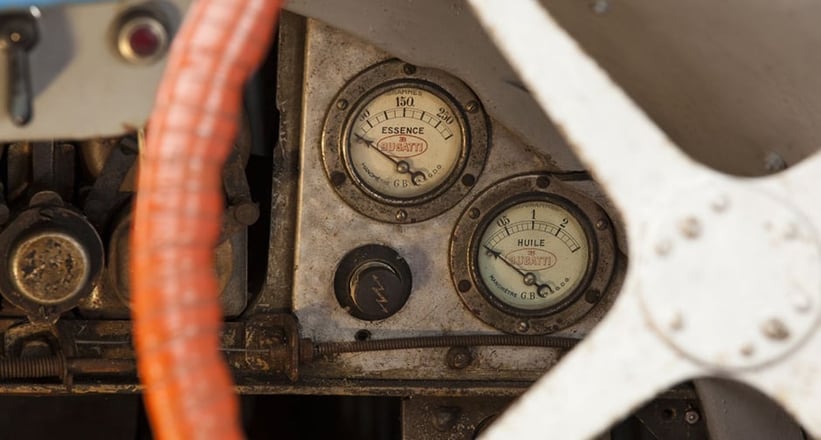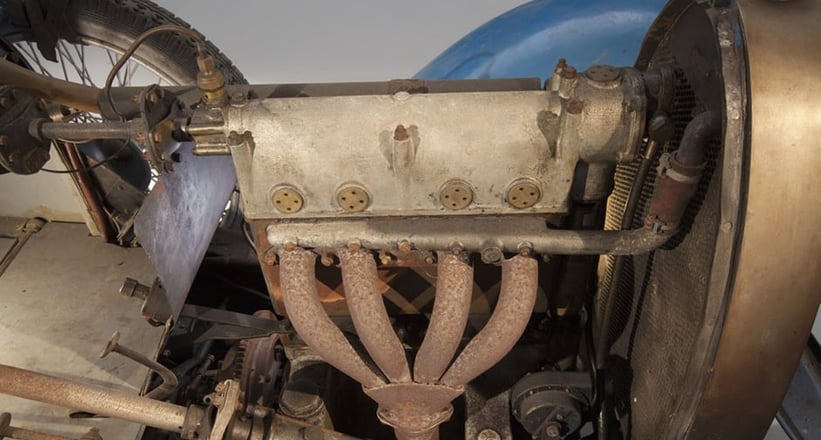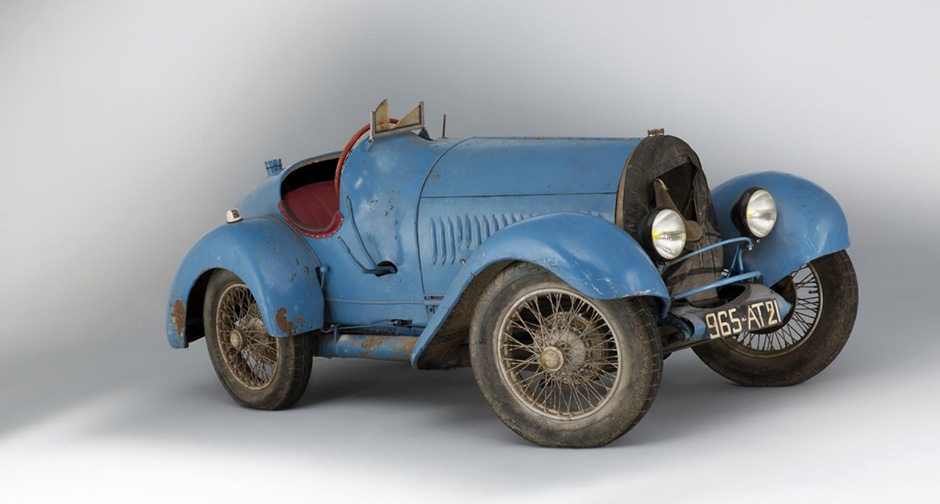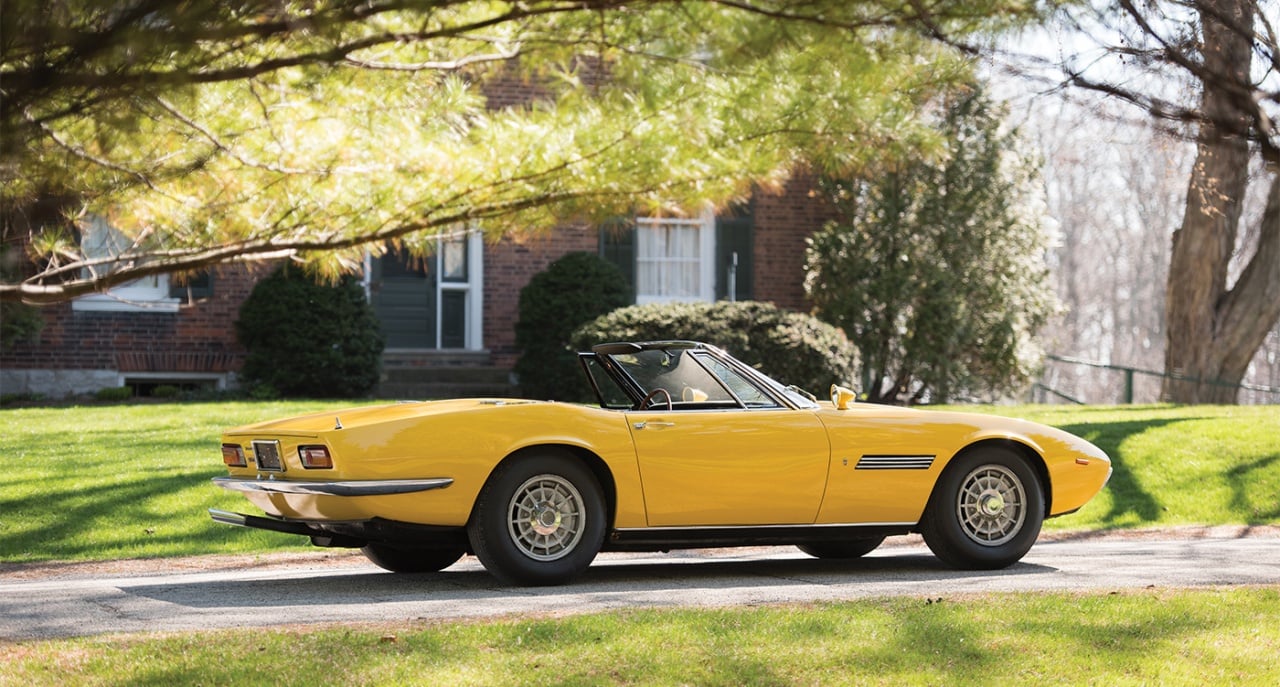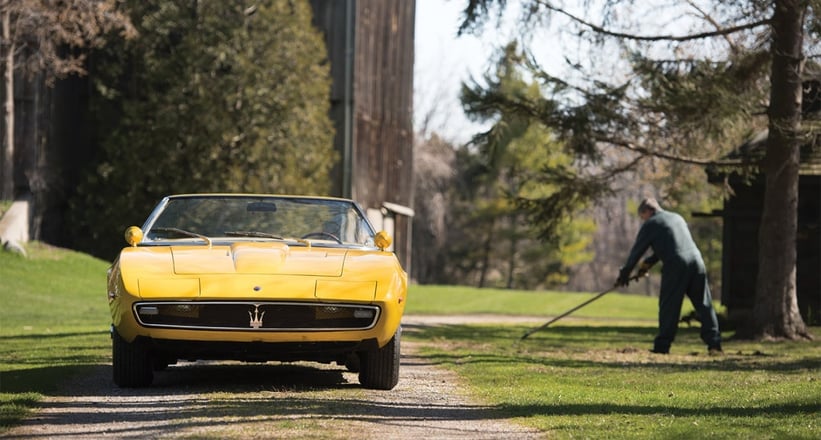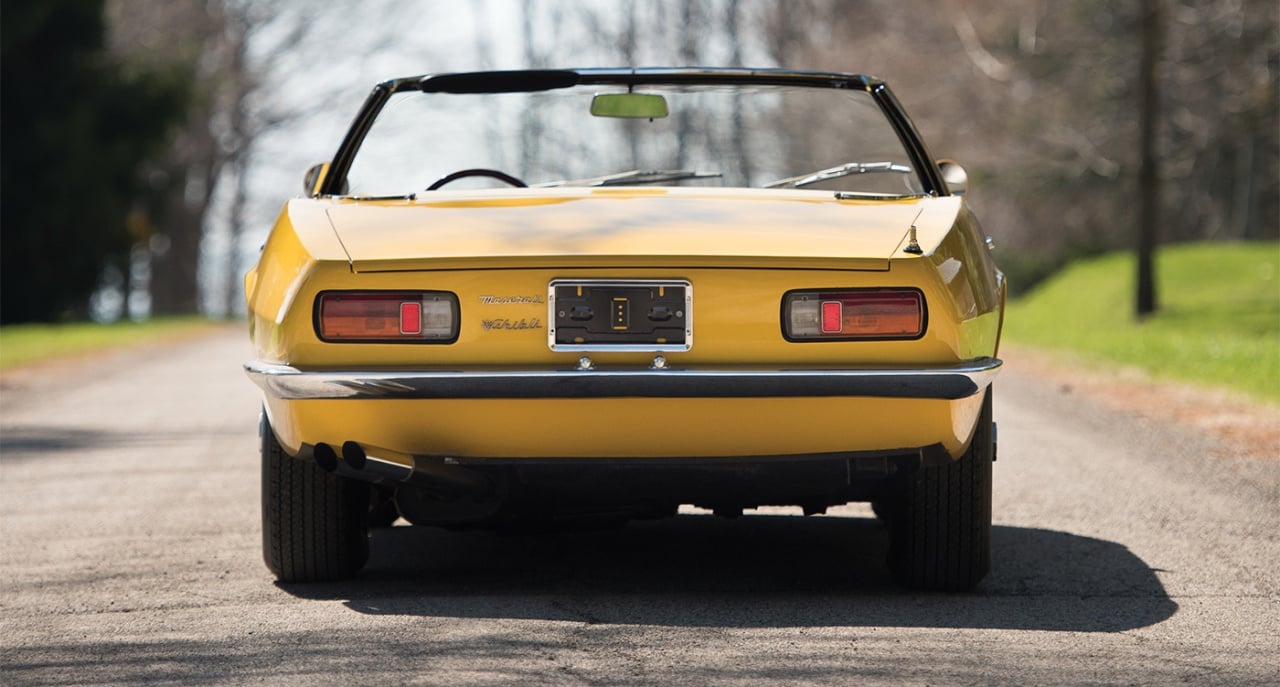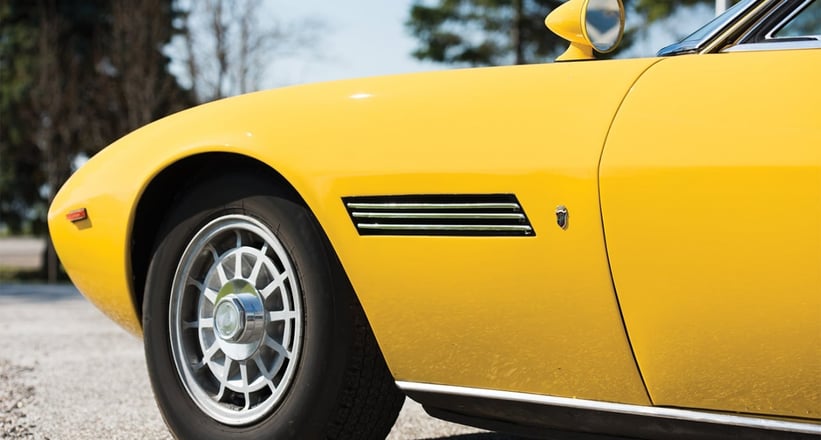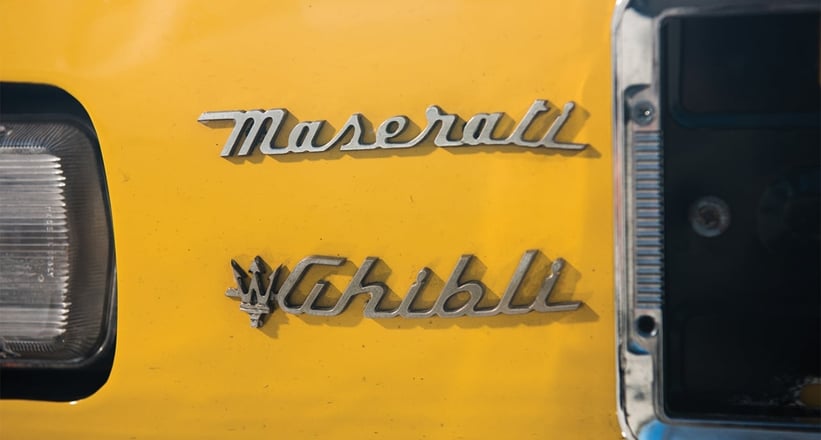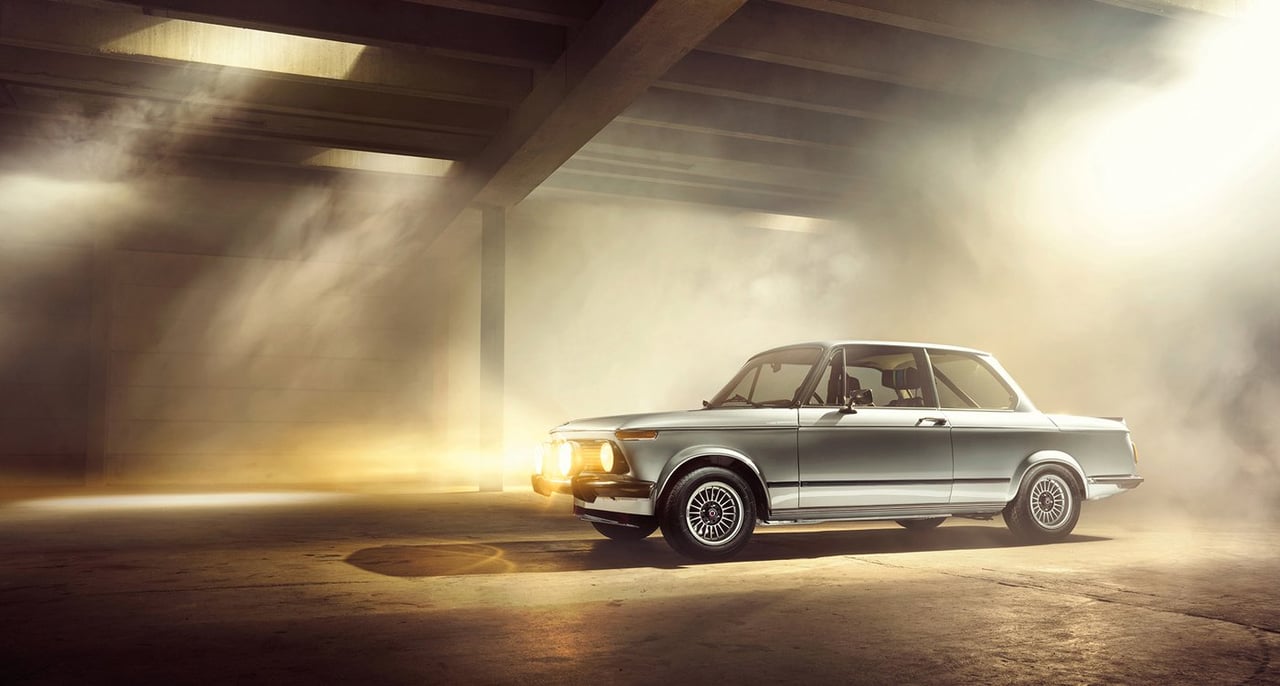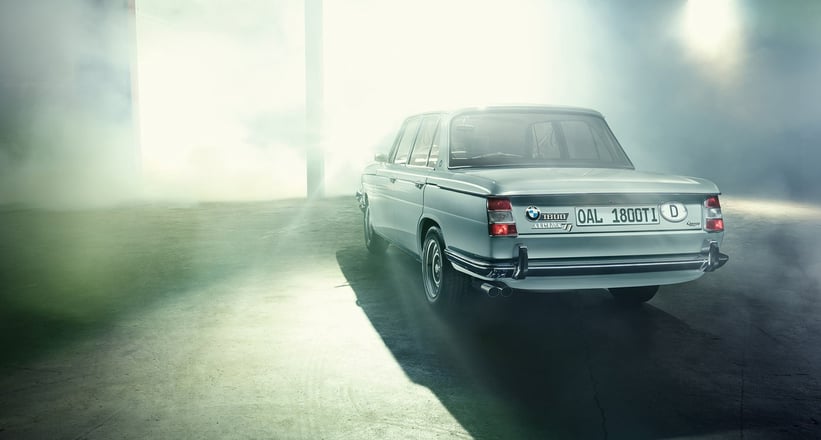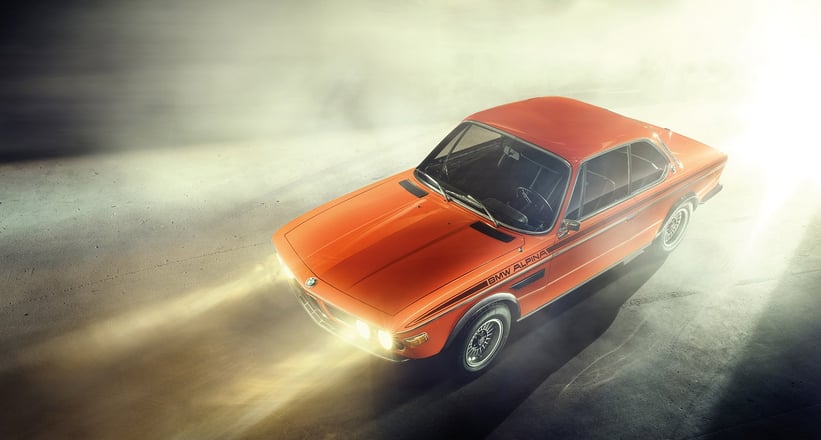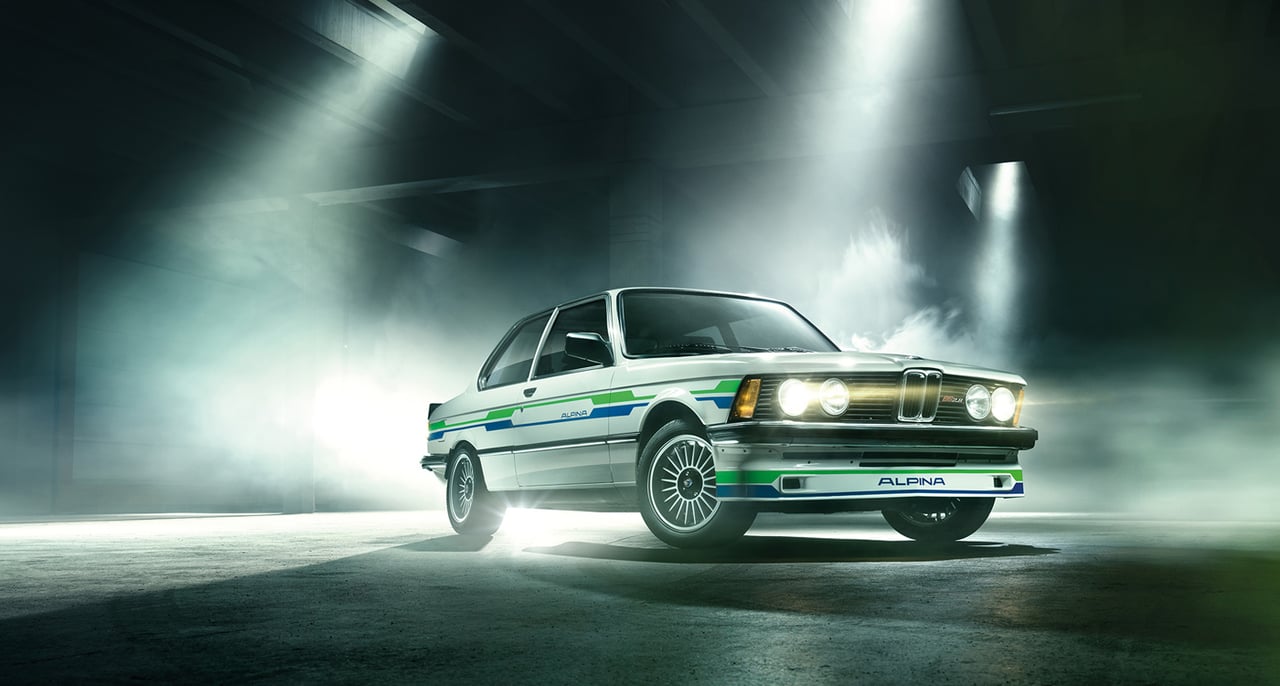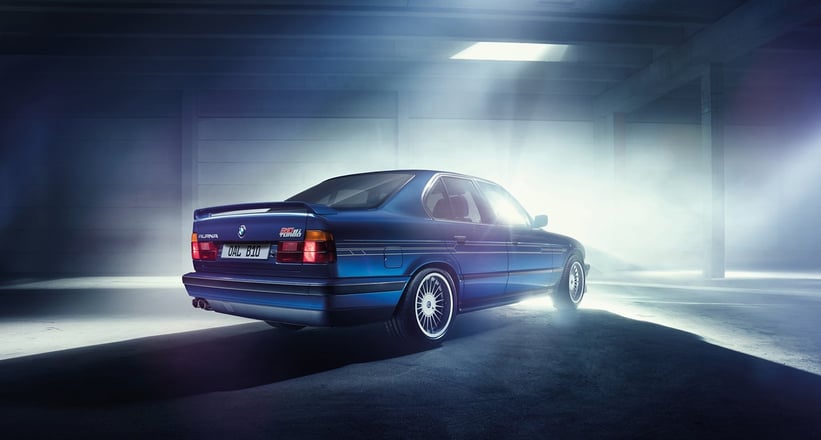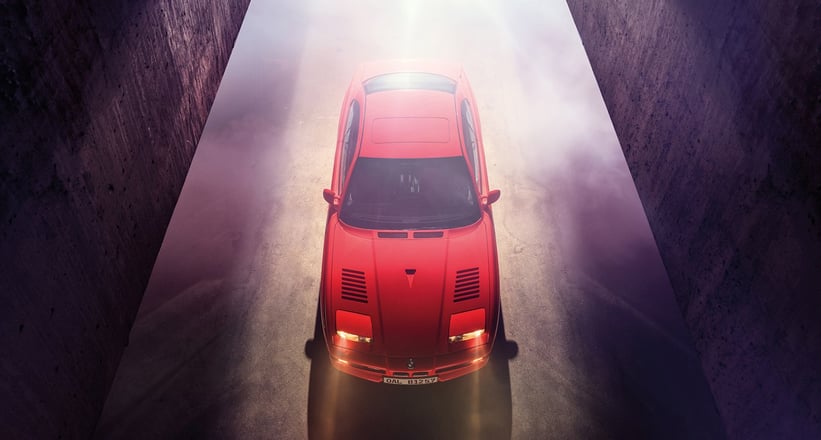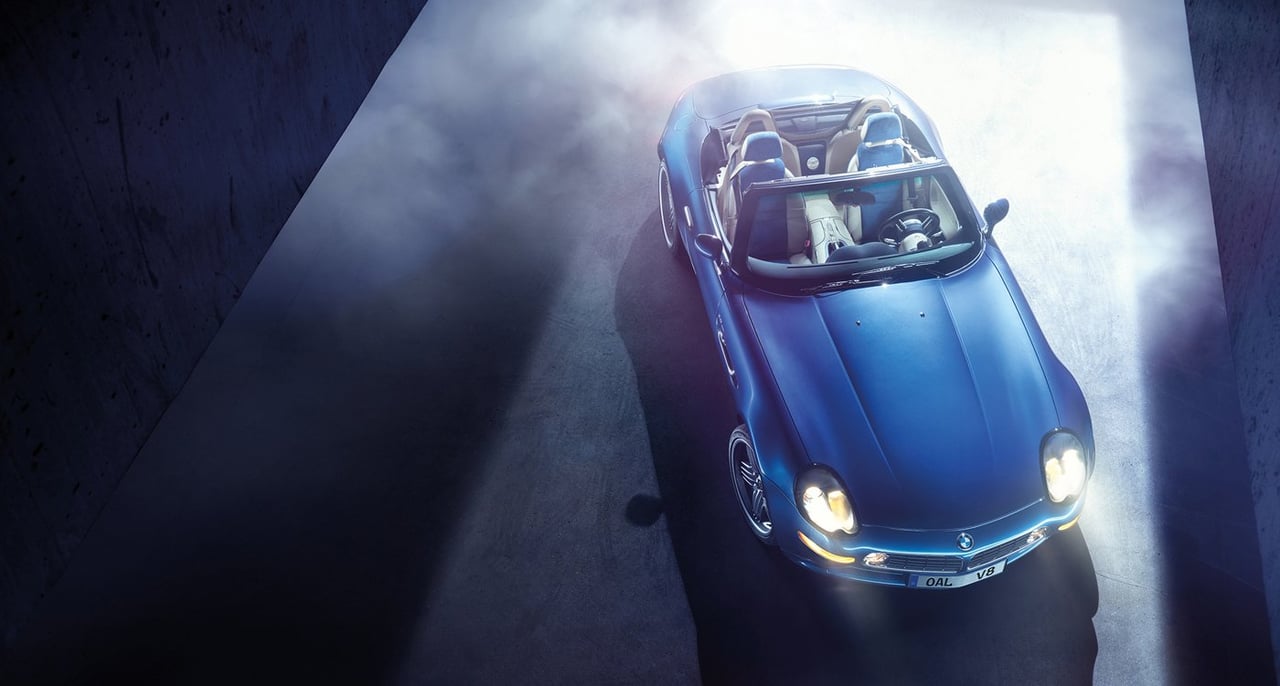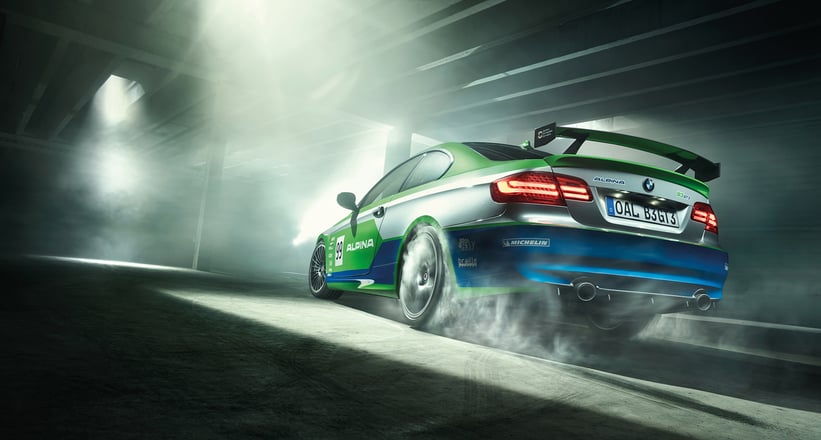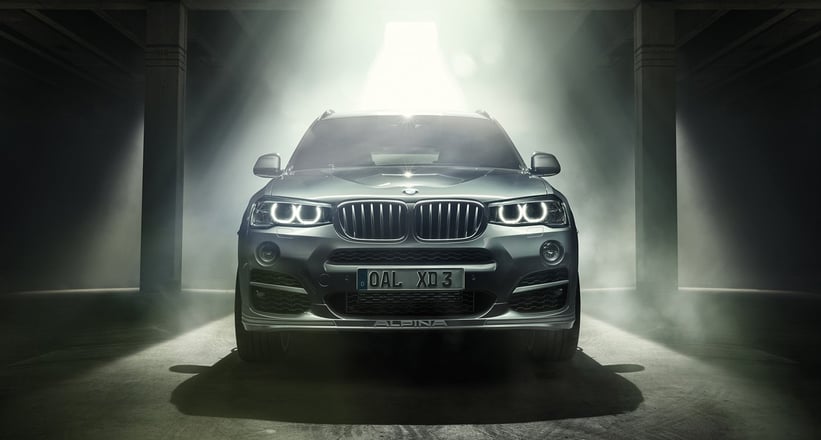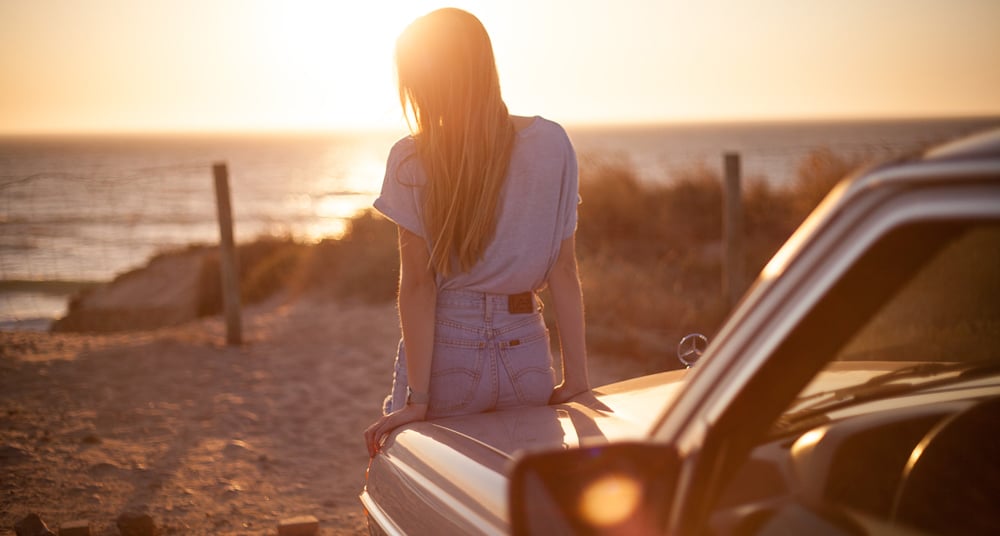L’an passé, la spéciale polonaise de Wieliczki (ES9) a été remportée par Andreas Mikkelsen à 136,88 km/h de moyenne. La pédale d’accélérateur du Norvégien est restée « au plancher » sur 8,98 des 12,86 km de la spéciale, la plus rapide de la saison 2014.
Cette année, Wieliczki a été modifiée, mais le parcours du Rallye de Pologne – renouvelé aux trois-quarts – s’annonce tout aussi rapide qu’en 2014 avec des spéciales roulantes tracées dans la région des Lacs de Mazurie. La petite ville touristique de Mikolajki, très prisée des Polonais et Varsoviens pour ses activités nautiques, accueille une manche mondiale des rallyes pour la 3efois.
Le rallye est de nouveau basé dans l’immense complexe hôtelier de Golebiewski, aux portes de la cité lacustre, avec le parc d’assistance installé sur le parking, la Superspéciale située à 200 mètres et la plupart des équipages et des teams logés dans les 689 chambres de l’établissement.
Ces deux épreuves terre particulièrement rapides nécessitent une préparation minutieuse des machines et des accords suspension/pneumatique optimums. Cette année, Hyundai Motorsport et Volkswagen Motorsport ont mené une séance d’essais sur place, en Pologne. Citroën-Total Abu Dhabi et M-Sport n’ont programmé qu’une séance de mise en point en Finlande mi-juillet.
Volkswagen avait dominé l’édition 2014 avec ses trois pilotes Sébastien Ogier, Andreas Mikkelsen et Jari-Matti Latvala qui avaient remporté 18 des 22 spéciales. Sur sa Hyundai i20 WRC, Thierry Neuville avait conclu sur le podium devant Mikko Hirvonen sur Ford Fiesta RS WRC. Ce Rallye de Pologne n’avait guère souri aux Citroën DS3 WRC qui n’avaient marqué que 6 points au championnat Constructeurs. Cette année, l’équipe française a une 2e place provisoire à défendre face à Hyundai.
Le team sud-coréen engage pour la première fois une 4e voiture officielle ! Kevin Abbring rejoint ainsi Neuville, Dani Sordo et le héros du dernier Rallye de Sardaigne Hayden Paddon dont on attend une confirmation ce week-end.
La catégorie WRC-2 est une nouvelle fois bien représentée avec les ténors de la série (Al-Rajhi, Lefebvre, Kruuda, Ketomaa, Al-Attiyah, Tidemand, Lappi, Parn, Fuchs…). Le WRC-2 accueille deux des trois premiers du Rallye Dakar 2015 avec Nasser Al-Attiyah et le Polonais Krzystof Holowczyc, au volant d’une Ford Fiesta R5.
Le Rallye de Pologne compte également pour le championnat Junior J-WRC (10 engagés) et la Drive DMack Cup (12 engagés). Quentin Gilbert et Max Vatanen sont leaders respectifs de ces séries.
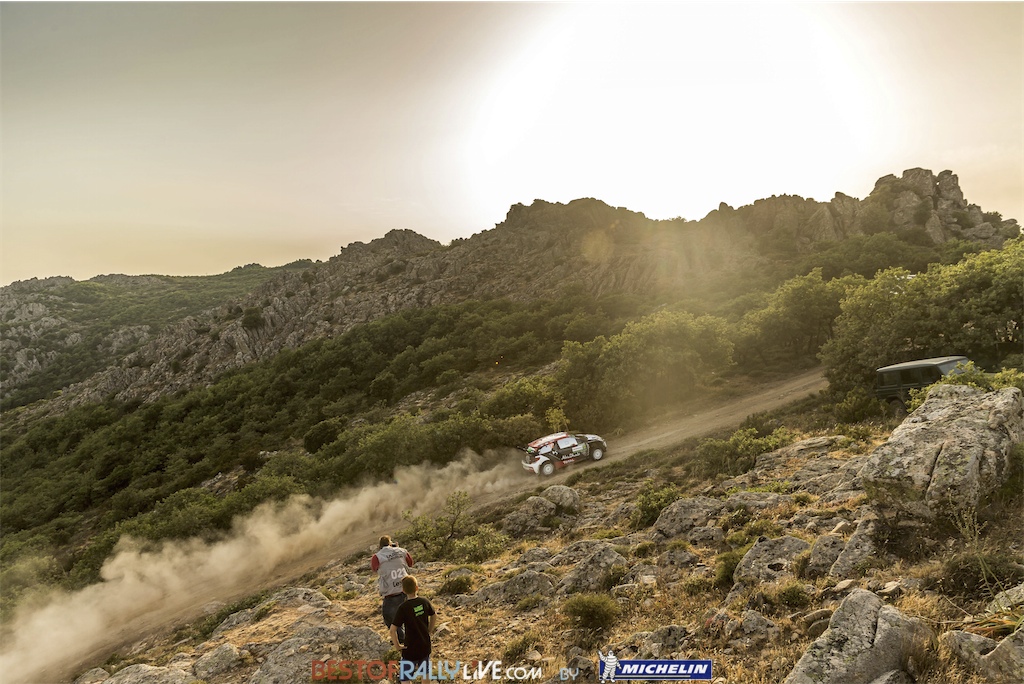
Last year, Rally Poland’s ‘Wieliczki’ stage was won by Andreas Mikkelsen at an average speed of 136.88kph. The Norwegian’s foot was flat to the floor for 8.98km of the 12.86km test which was the fastest of 2014.
This year, that stage has been modified but, although three-quarters of the route are new, the event’s smooth stages in the Mazurian Lake District promise to be just as fast as last year. It will be the tourist town of Mikolajki’s third time as epi-centre of a world championship rally.
The rally is once again based in the vast Golebiewski hotel complex and the service park uses the car park. The super-special is only 200 metres away and the majority of the team staff and drivers stay in one of the establishment’s 689 rooms.
Poland and Finland are two high-speed events which call for particularly meticulous preparation and perfectly-tuned suspension/tyre packages. This year, both Volkswagen Motorsport and Hyundai Motorsport have already tested in Poland, while Citroën-Total Abu Dhabi and M-Sport have planned mid-July sessions in Finland.
Volkswagen dominated the 2014 Rally Poland with its trio Sébastien Ogier, Andreas Mikkelsen and Jari-Matti Latvala who claimed 18 of the 22 stages. Even so, Thierry Neuville finished on the podium for Hyundai, ahead of Mikko Hirvonen (Ford Fiesta RS WRC). It was a tough weekend for Citroën which only picked up six Manufacturers points. This time round, it will be out to defend its provisional second place in the standings against the assaults of its South Korean rival.
The latter is running four factory cars for the first time, with Kevin Abbring joining Neuville, Dani Sordo and the recent Rally Sardegna hero Hayden Paddon who will be hoping for another strong performance this weekend.
The WRC2 class will once again feature a high-class entry with all the category’s main runners (Al-Rahji, Lefebvre, Kruuda, Ketomaa, Al-Attiyah, Tidemand, Lappi, Parn, Fuchs, etc.). The list interestingly includes two of the 2015 Dakar’s podium finishers: Nasser Al-Attiyah and Poland’s Krzystof Holowczyc (Ford Fiesta R5).
Rally Poland will also count towards the J-WRC (10 entries) and Drive DMack Cup (12). Quentin Gilbert and Max Vatanen provisionally top these competitions respectively.


